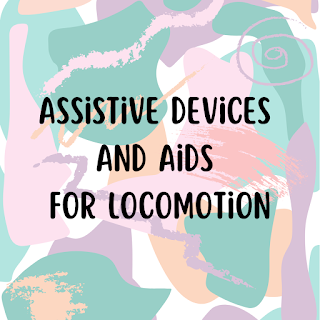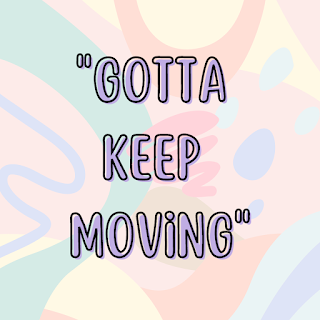Assistive Devices and Aids for Locomotion
Assistive devices for ambulation may be needed by a client for many reasons. They may be decreased balance, strength, or endurance that causes the needed for an assistive device. In some cases, a client might use an assistive device to increase their safety during ambulation to prevent injuries from falling, or they may use an assistive device due to increased pain during ambulation. They could also need to use an assistive device short term after surgery or fracture. As an occupational therapist, it is important to properly fitting client for assistive devices in order to prevent further injury and avoid compensations that may occur if the device is not fitted appropriately. It is also important to know which assistive device to prescribe to your client based on their physical condition, age, psychological condition, and environment. I will not discuss the appropriate fittings for different assistive devices.
When fitting a client for a cane, close attention will be placed on the position of the upper extremities when using the device. The hand grip of the can should be at the level of the ulnar styloid, wrist crease, or greater trochanter to ensure that the shoulders are relaxed and not elevated and to ensure that the client is not having to bend over to use the device. The elbow should be in a relaxed position, usually flexed at about 20-30 degrees. You also want to make sure that the client is using the cane on the opposite side of the affected extremity, and that the base of the cane is fitted properly for that side.
Fitting a client for axillary crutches is very similar to fitting a client for a cane with a few additional provisions. Like a cane fitting, you want to ensure that the hand grip is at the level of the ulnar styloid, wrist crease, or greater trochanter, the shoulders are not elevated, and the elbows are relaxed at about 20-30 degrees. However, you also want to ensure that the axillary rest should be about 5 cm below the axilla, which is about the width of digits 2-4, to ensure that the shoulders are relaxed.
When fitting a client for Lofstrand crutches, you should pay close attention to the positioning of the forearm cuff; it should fit comfortably around the proximal arm. The hand grip should be at the level of the ulnar styloid, wrist crease, or greater trochanter. You also want to ensure that the hand grip is facing forward while the client is using the crutches.
You will fit a client for a platform walker if they are unable to bear weight through wrist or hands. You want to ensure that the forearms rest on the platform at about a 90 degree angle at the elbow. The shoulders should bot he elevated, and the trunk should not be flexed.
If you are fitting a client for a rolling walker, you should ensure that the client is stable enough to use this type of walker. You should also take in the size of the base of support that they need in order to determine if you prescribe them a 3 or 4 wheel walker. Like other walkers and canes, the hand grips should be at the level of the ulnar styloid, wrist crease, or greater trochanter. The elbow should be relaxed and shoulder should not be elevated.



Comments
Post a Comment